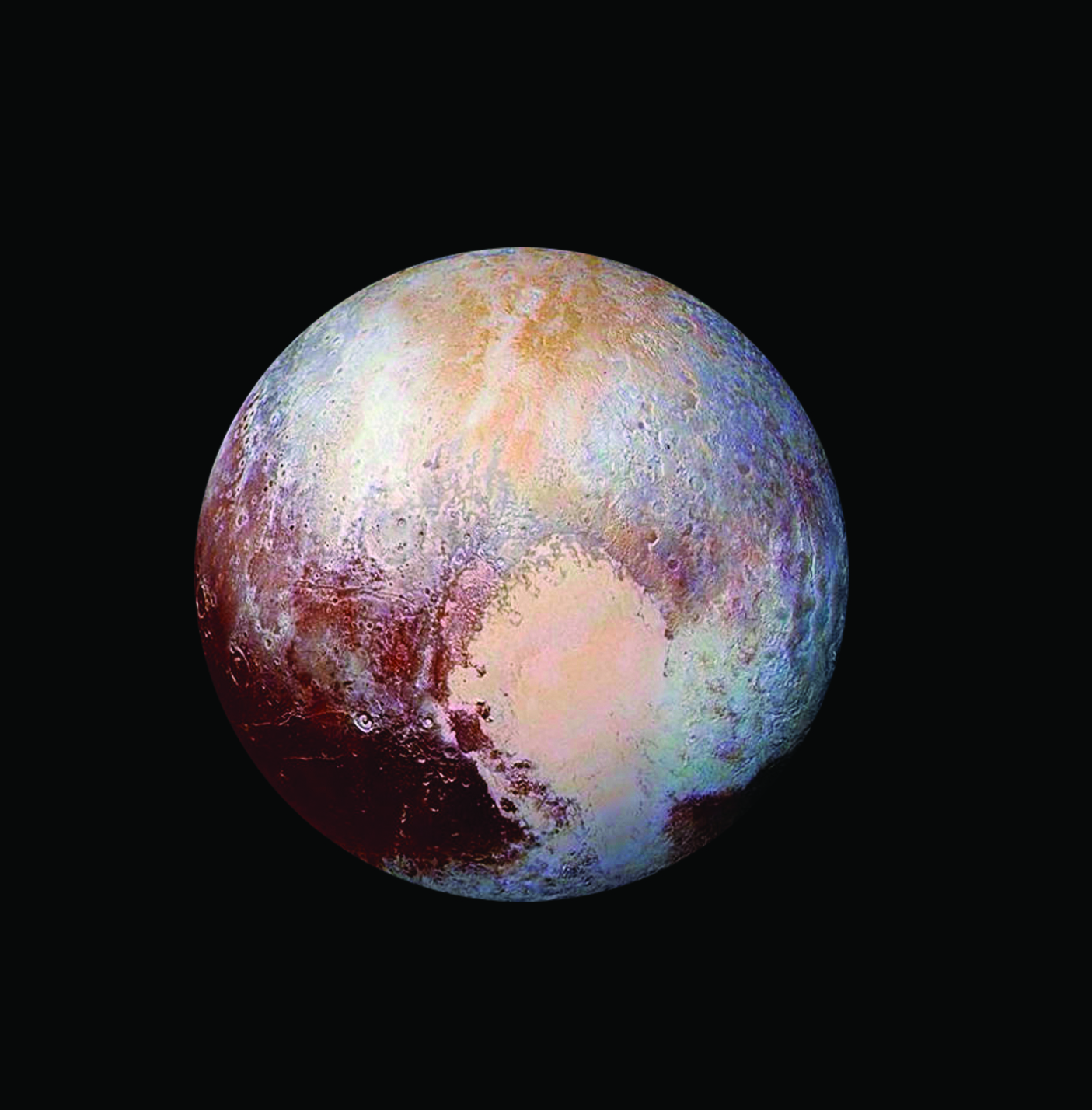
NASA is considering a return trip to the most hotly-contested body in our solar system and has awarded funding to the Southwest Research Institute (SwRI) to study the cost and feasibility of an orbiter mission to Pluto.
Following the success of the New Horizons mission which visited Pluto in 2015 and then traveled on to visit Kuiper Belt Objects (KBOs) including the most distant object ever explored, Ultima Thule, scientists want to go back to the dwarf planet to learn more about it. New Horizons had a limited payload so it could only perform a cursory analysis of Pluto and its moons. The new mission would involve sending a craft into orbit around the dwarf planet to gather data and hopefully answer some of the questions raised by the earlier mission.
NASA is funding the study as part of the Planetary Science Decadal Survey, a document that explores key questions in planetary science and is published every 10 to 15 years. The study will form part of the next survey, which is set to begin in 2020.
“We’re excited to have this opportunity to inform the decadal survey deliberations with this study,” SwRI’s Dr. Carly Howett, leader of the team proposing the mission, said in a statement. “Our mission concept is to send a single spacecraft to orbit Pluto for two Earth years before breaking away to visit at least one KBO and one other KBO dwarf planet.”
With the path to Pluto already trodden by New Horizons, scientists have an idea of the methods they could use to explore the distant world. That should make it more feasible for a follow-up mission to happen in the future.
“In a SwRI-funded study that preceded this new NASA-funded study, we developed a Pluto system orbital tour, showing the mission was possible with planned capability launch vehicles and existing electric propulsion systems,” SwRI’s Dr. Alan Stern, principal investigator of the New Horizons mission, said in the same statement. “We also showed it is possible to use gravity assists from Pluto’s largest moon, Charon, to escape Pluto’s orbit and to go back into the Kuiper Belt for the exploration of more KBOs like MU69 and at least once more dwarf planet for comparison to Pluto.”



